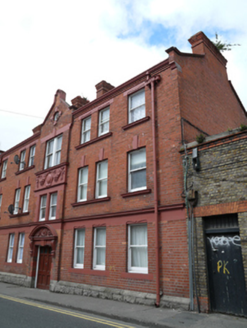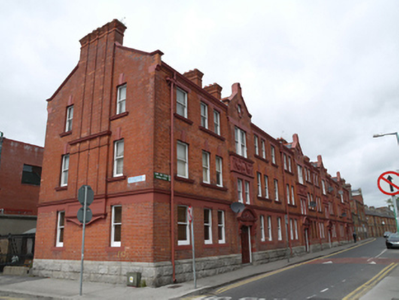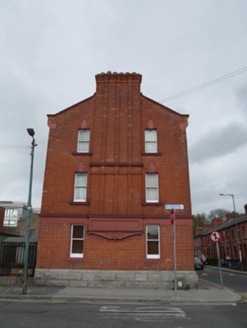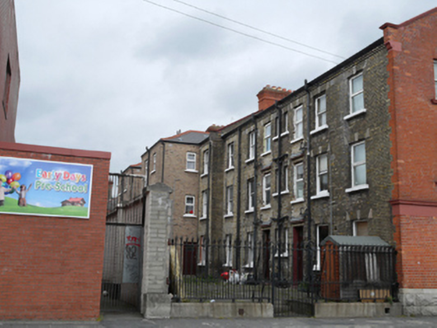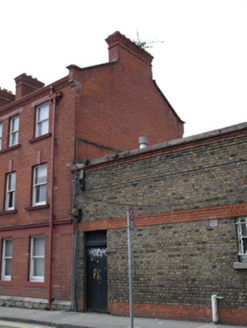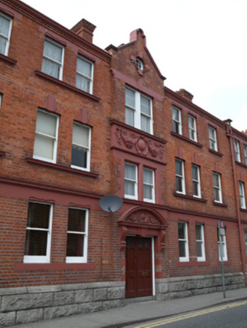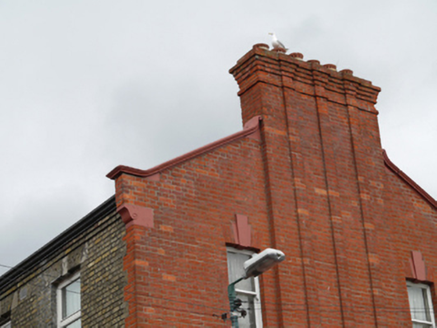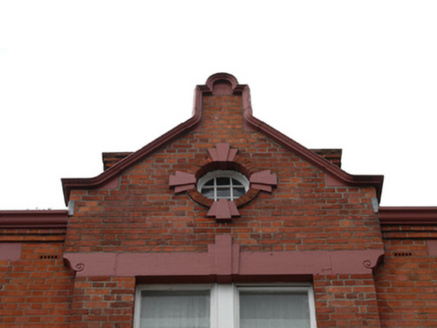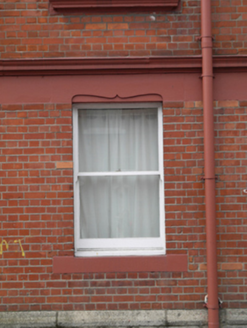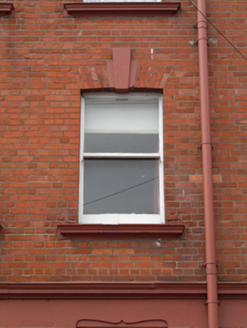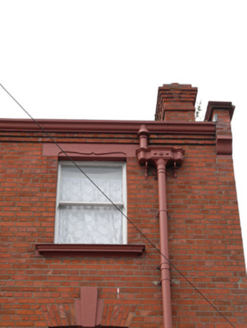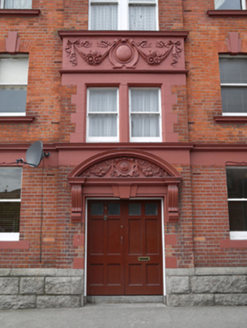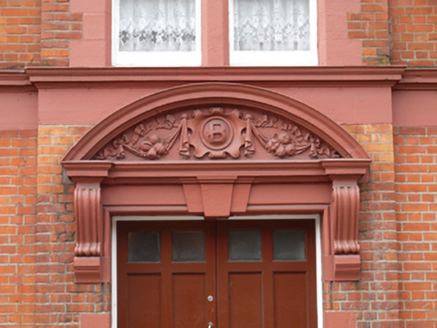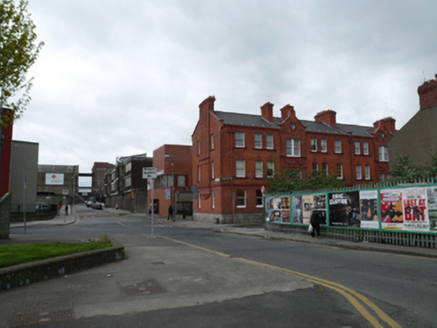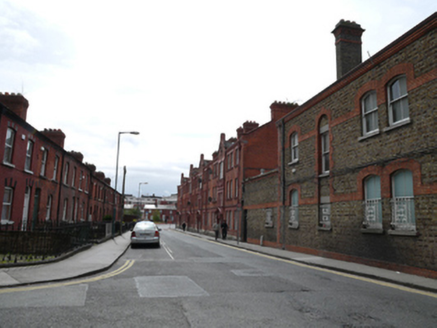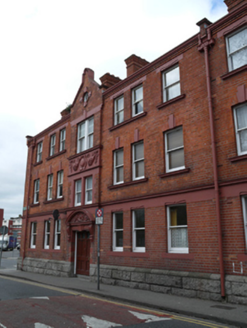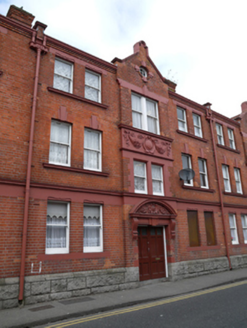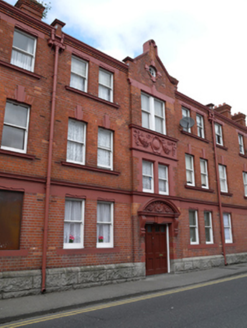Survey Data
Reg No
50080255
Rating
Regional
Categories of Special Interest
Architectural, Artistic, Historical, Social
Previous Name
Iveagh Buildings
Original Use
Apartment/flat (purpose-built)
In Use As
Apartment/flat (purpose-built)
Date
1890 - 1900
Coordinates
314485, 233749
Date Recorded
03/05/2013
Date Updated
--/--/--
Description
Attached multiple-bay three-storey former tenement building, built c.1895, comprising four blocks each with gabled central entrance bay. Now in use as apartments. Pitched slate roof with red brick chimneystacks having cornices, projecting chimneybreast with red brick pilasters to south gable, and cast-iron rainwater goods. Red brick walls laid in Flemish bond, having concrete string course and cast concrete panels to entrance bays. Rock-faced granite plinth. Yellow brick walls to rear. Square-headed window openings, some paired, having concrete sills, keystones and lintels, and one-over-one timber sash windows. Bulls eye window to entrance bay gables, having timber framed windows and concrete voussoirs. Square-headed door openings having segmental pediments supported by console brackets. Relief ornamentation and block lettering to tympanana. Double-leaf timber panelled doors. Granite steps to thresholds. Cast-iron railings on cut granite plinths having cast-iron pedestrian entrance gate to School Street providing access to rear.
Appraisal
This imposing red brick building was one of two tenement blocks built by the Dublin Artisans' Dwellings Company for the Guinness Trust. The term tenement originally referred to any building with multiple residences off a shared staircase. The dropped windows to each entrance bay and the differing number of bays per block add interest and variety to the long elevation. Designed by Charles Ashworth following his appointment in July 1890 as architect to the Dublin Artisans' Dwellings Company. Edward Cecil Guinness, 1st Lord Iveagh, established the Iveagh Trust for housing the labouring poor in Dublin and London. It retains its early character and early fabric. The brickwork, sash windows and decorative detailing all survive in good condition.
